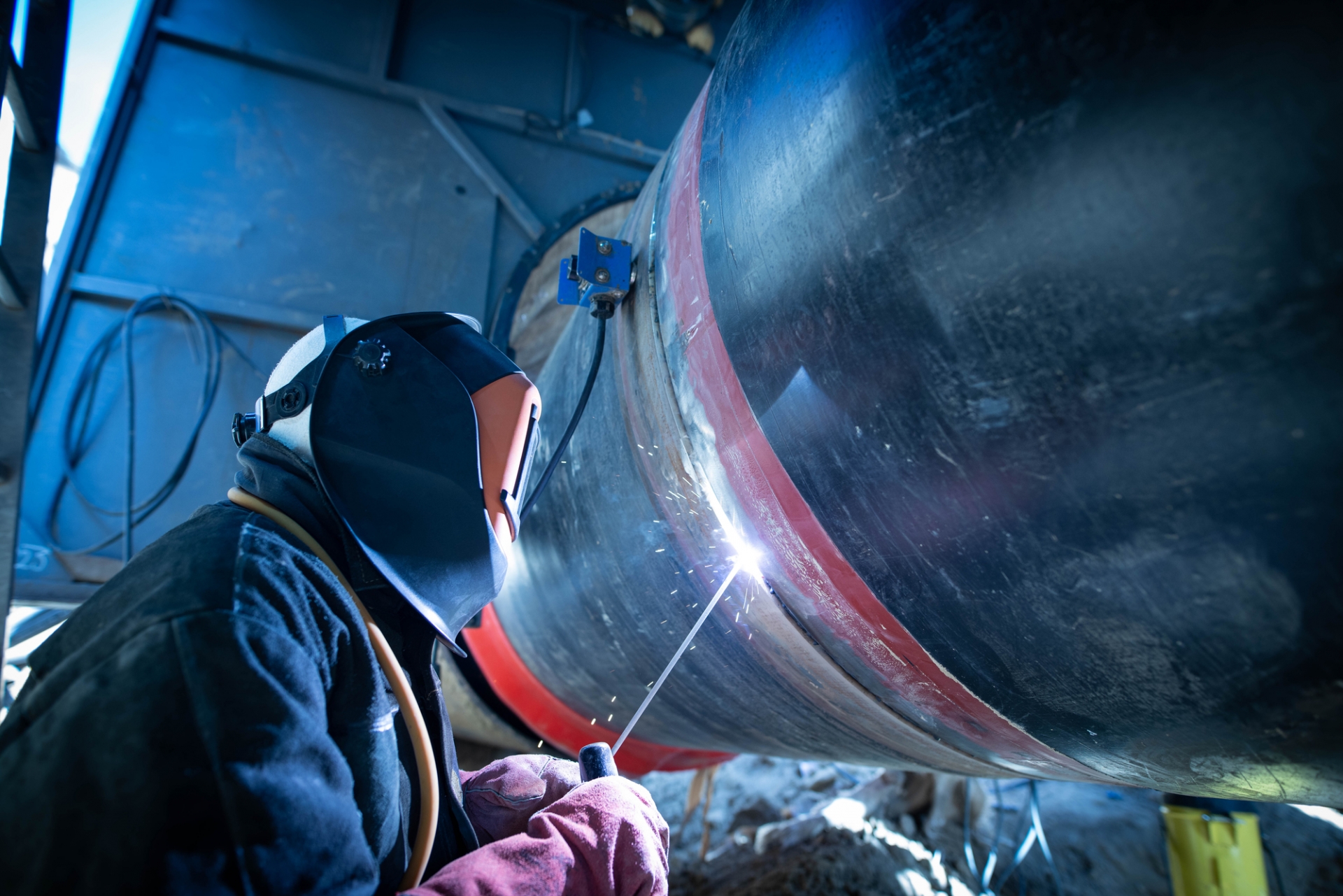
Welding is a fabrication process that allows for the construction of diverse structures by forging a robust and durable connection between the joined pieces. Structural welding falls under the broader category of welding techniques. It is widely used in construction to join pieces of structural metal (like beams or joists) to create a strong and durable framework for a future building.
While average welding is typically conducted in a controlled factory environment, structural welding is often performed outdoors in various environmental conditions. This exposes the welding process to additional strains from environmental factors. In this blog, we will review some of the most common environments in which welding is performed and which can affect the quality and durability of welded joints.
Humidity and dampness are common in tropical and subtropical areas. It is also a common occurrence in enclosed spaces such as vessels, tanks and pipes. Humidity can significantly affect the quality of the welds and here’s how:
To ensure a safe and quality structural welding process in humid conditions, welders and steel structure fabricators must dehumidify the space before the welding work begins. Preheating parts, using low-hydrogen consumables and adjusting parameters to accommodate the damp environmental conditions can also help. Keeping electrodes in a rod oven before use is also a good practice.
Structural welding is a common welding technique commonly used in the construction of telecommunication towers and skyscrapers. Welding at high altitudes often involves welding in decreased atmospheric pressure which can affect both the process and the health and safety of welders. Here are some of the challenges welders are presented with when welding at high altitudes:
Increasing the shielding gas flow can help mitigate some of the challenges associated with welding at high altitudes, where lower atmospheric pressure can affect the weld quality. Welders may also have to reduce welding travel speed to improve shielding gas coverage and weld penetration.
In addition to the above considerations, welders and steel structure fabricators must also take necessary precautions, such as taking regular breaks, to avoid altitude sickness.
One of the most highly specialized areas of welding is underwater welding, with structural welding performed underwater being the most highly-regarded specialization. Structural welding performed underwater finds its applications in the offshore oil and gas, marine infrastructure and shipbuilding and repair industries.
A specially trained welder descends beneath the water’s surface with specialized equipment while breathing through a surface-installed air system. After reaching the work site, the welder sets up a confined dry working space around the welding area. Within that space, water is removed using a pump or gas flow, creating an oxygen-rich atmosphere and allowing welders to operate welding equipment safely and efficiently.
Underwater welding, especially structural welding, is a very demanding and dangerous task. Underwater welders undergo extensive training and obtain specific certifications before being allowed to perform this highly specialized work.
Underwater welders are essential for performing repairs and construction tasks, including structural welding tasks under the water, which would otherwise be impossible to perform.
There are other environments that can challenge welding performance. These include welding in chemical and industrial environments with combustible/explosive atmospheres, nuclear and radioactive environments, and cold and low-pressure environments. In these environments, not only the welding process is affected but it’s also the health and safety of welders that is subjected to hazardous conditions. Welders and steel structure fabricators must strictly follow welding procedures and safety guidelines to mitigate risks and ensure a safe working environment for themselves.